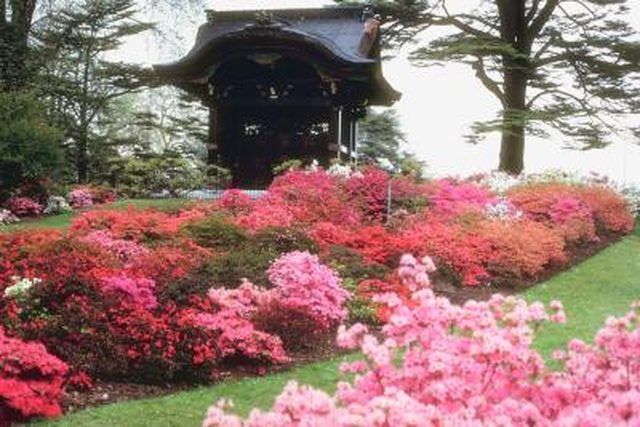Bulbs
Flower Basics
Flower Beds & Specialty Gardens
Flower Garden
Garden Furniture
Garden Gnomes
Garden Seeds
Garden Sheds
Garden Statues
Garden Tools & Supplies
Gardening Basics
Green & Organic
Groundcovers & Vines
Growing Annuals
Growing Basil
Growing Beans
Growing Berries
Growing Blueberries
Growing Cactus
Growing Corn
Growing Cotton
Growing Edibles
Growing Flowers
Growing Garlic
Growing Grapes
Growing Grass
Growing Herbs
Growing Jasmine
Growing Mint
Growing Mushrooms
Orchids
Growing Peanuts
Growing Perennials
Growing Plants
Growing Rosemary
Growing Roses
Growing Strawberries
Growing Sunflowers
Growing Thyme
Growing Tomatoes
Growing Tulips
Growing Vegetables
Herb Basics
Herb Garden
Indoor Growing
Landscaping Basics
Landscaping Patios
Landscaping Plants
Landscaping Shrubs
Landscaping Trees
Landscaping Walks & Pathways
Lawn Basics
Lawn Maintenance
Lawn Mowers
Lawn Ornaments
Lawn Planting
Lawn Tools
Outdoor Growing
Overall Landscape Planning
Pests, Weeds & Problems
Plant Basics
Rock Garden
Rose Garden
Shrubs
Soil
Specialty Gardens
Trees
Vegetable Garden
Yard Maintenance
How to Deadhead and Trim Rhododendrons and Azaleas
How to Deadhead and Trim Rhododendrons and Azaleas. Rhododendrons and azaleas are two closely related species in the Heath family of plants. In fact, all azaleas technically are rhododendrons, and the two species are treated nearly identically in most cultural respects, and completely the same with regard to deadheading and trimming or pruning....

Rhododendrons and azaleas are two closely related species in the Heath family of plants. In fact, all azaleas technically are rhododendrons, and the two species are treated nearly identically in most cultural respects, and completely the same with regard to deadheading and trimming or pruning. According to the University of Missouri, neither azaleas nor rhododendrons require or benefit from regular pruning. On the other hand, regular deadheading throughout the flowering season can boost future bloom production, and help keep the shrubs pest-free and looking tidy in the landscape.
Things You'll Need
Secateurs
Loppers
Fine toothed pruning saw
Deadhead the spent flowers immediately after they fade on all rhododendrons and on evergreen azaleas. Break off the dead flower cluster with your fingers at the lower end of the cluster stem, leaving the nascent flower buds at the base of the cluster stem for future growth. Repeat this process as needed during the flowering period until all spent flowers have been removed.
Reduce the size or spread of the shrubs somewhat with light pruning of the terminal branch tips just 1/4-inch above a healthy whorl of leaves. Do this type of trimming immediately after the bloom cycle has finished.
Induce a more compact and dense growth form in the shrubs by pinching back the tender new shoots in the later spring and very early summer. Use your thumb, index and middle finger in a pincher motion to snap off the new growth above a whorl of leaves.
Prune away any broken or diseased branches when you spot them. Take the branch in question back to a point of healthy tissue just above a healthy lateral or leaf whorl. Alternatively, if necessary take the branch down to the trunk just outside the slightly swollen branch collar.
Tips & Warnings
Carefully collect and discard any cuttings or pinched plant tissues so that they do not decay in the shrub or on the soil below and create prime conditions for disease or pest breeding.
Use the proper cutting tool for the task to prevent injuring the shrub cambium and inviting disease. Secateurs are best for stems and branches 1/3-inch or less in diameter, loppers for anything under 3/4-inch and a fine toothed pruning saw for anything larger.